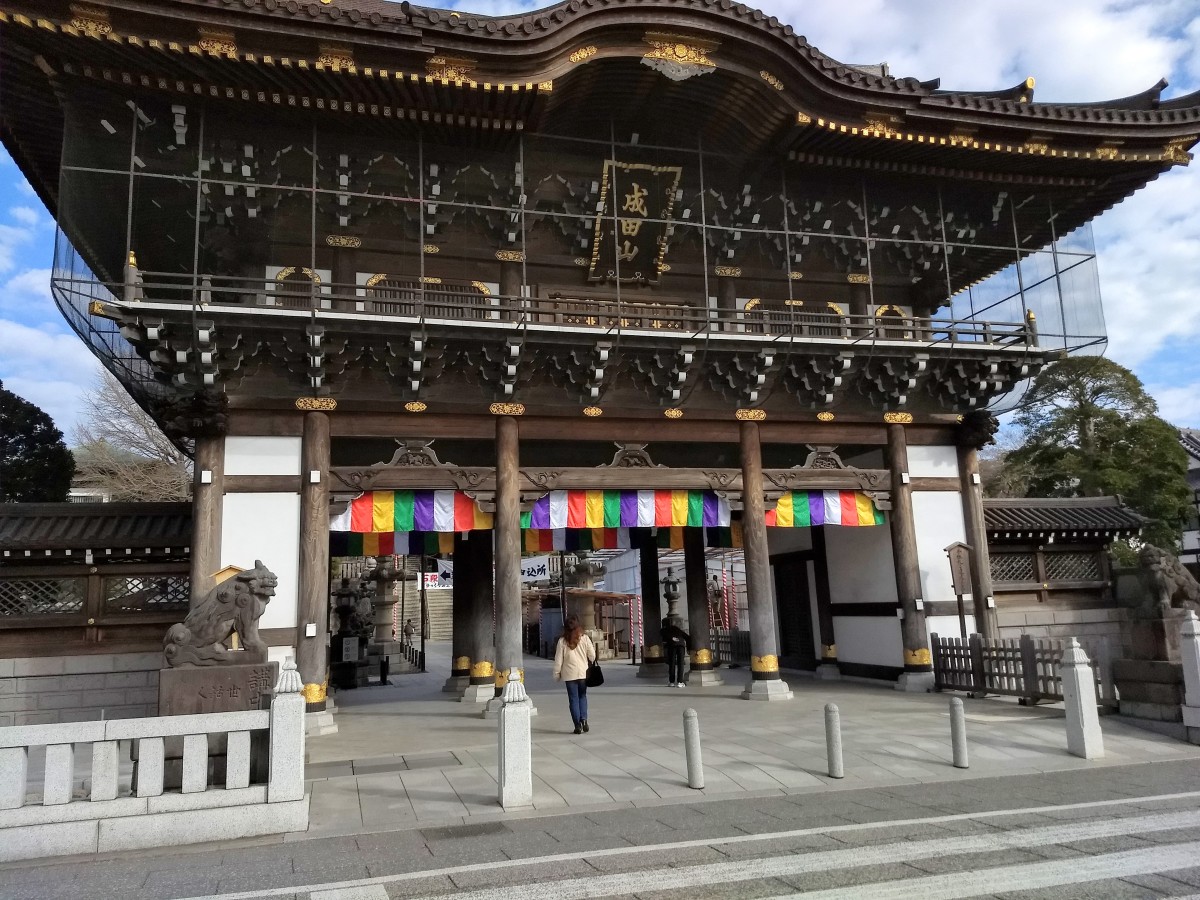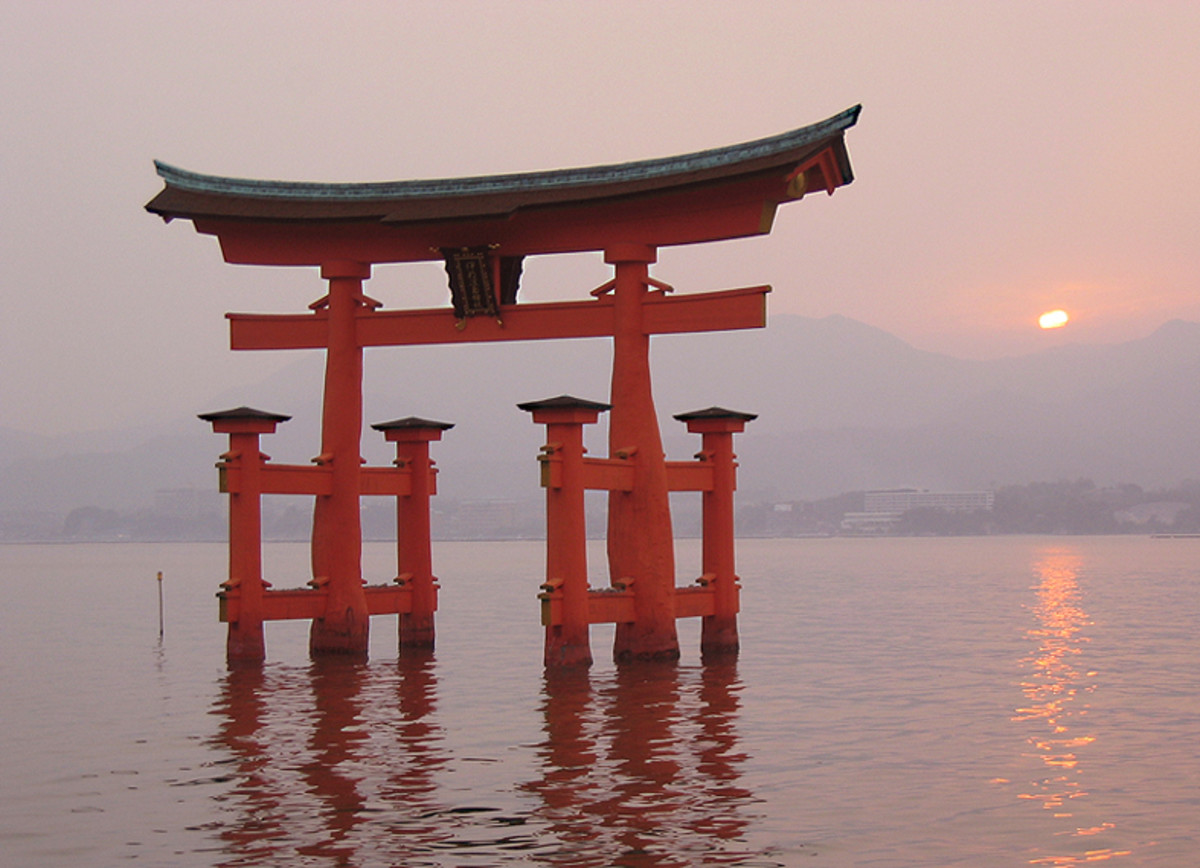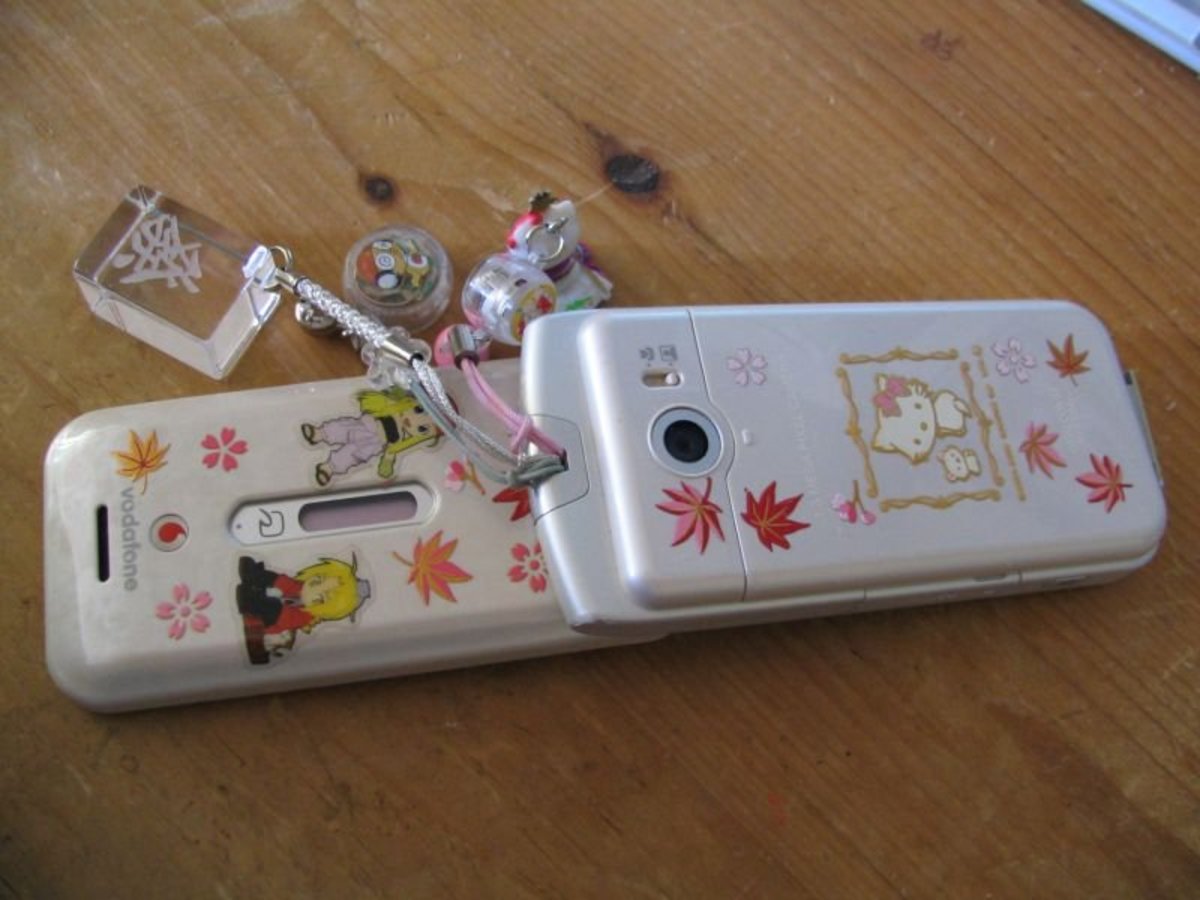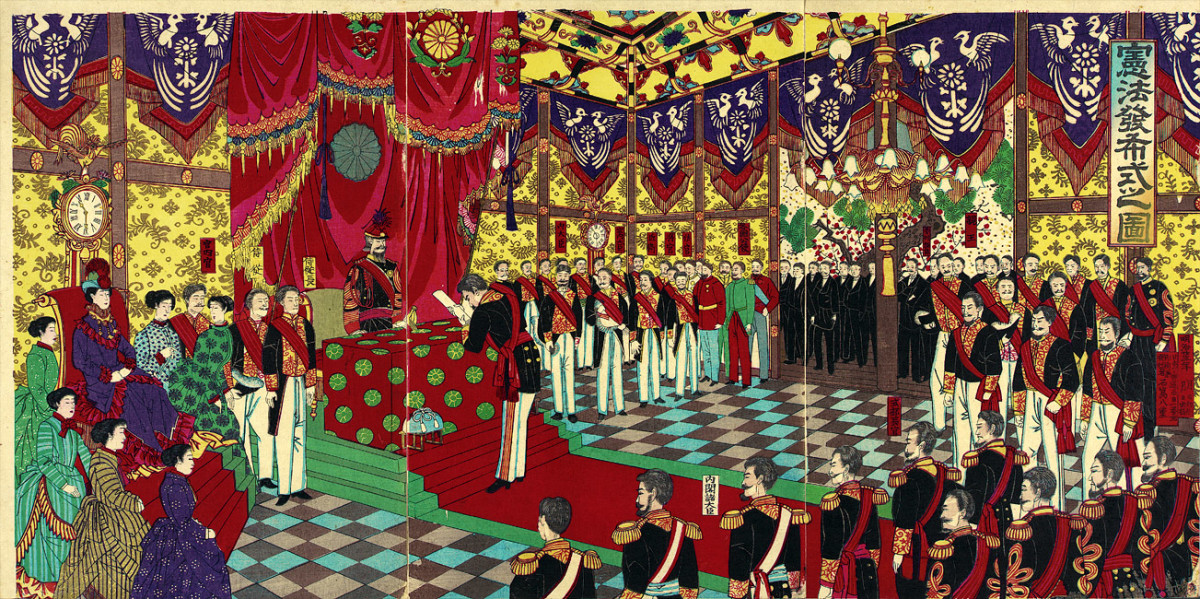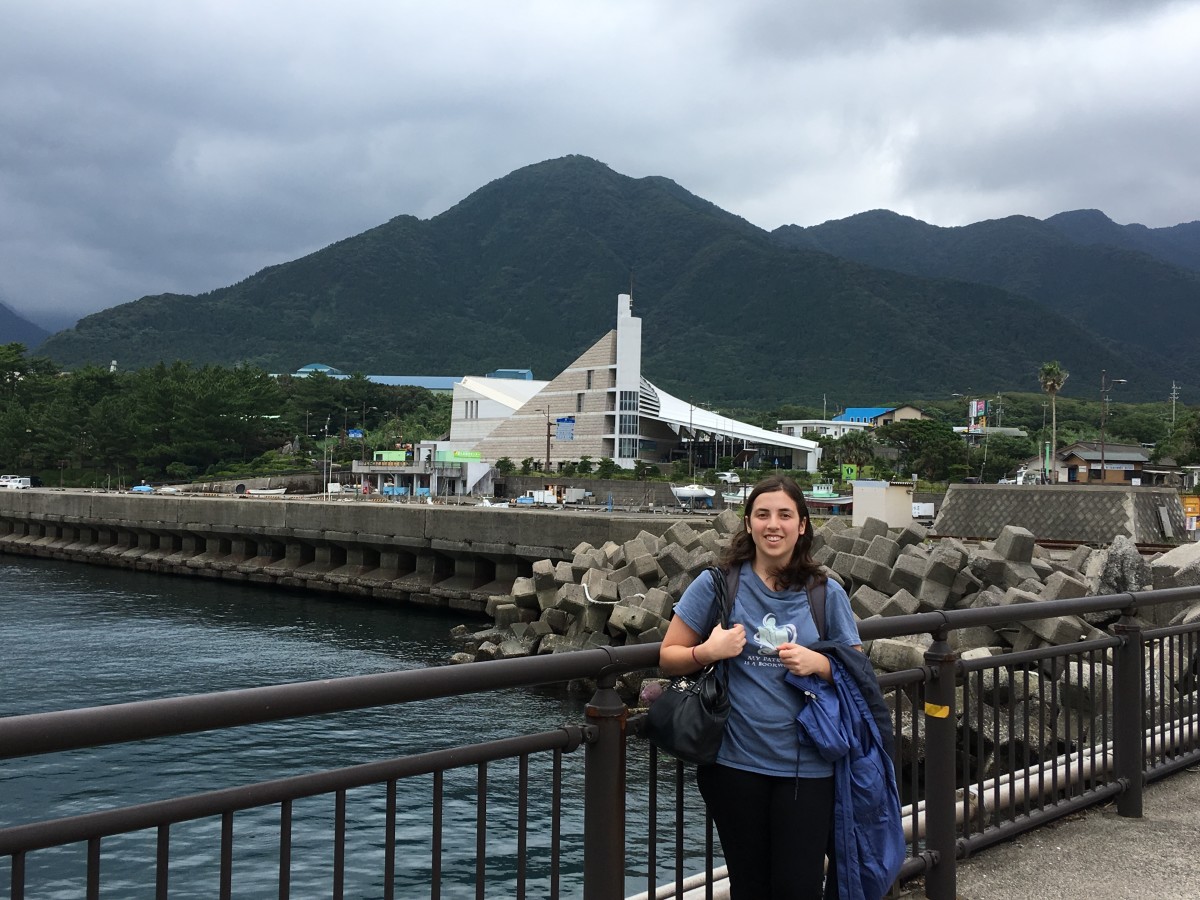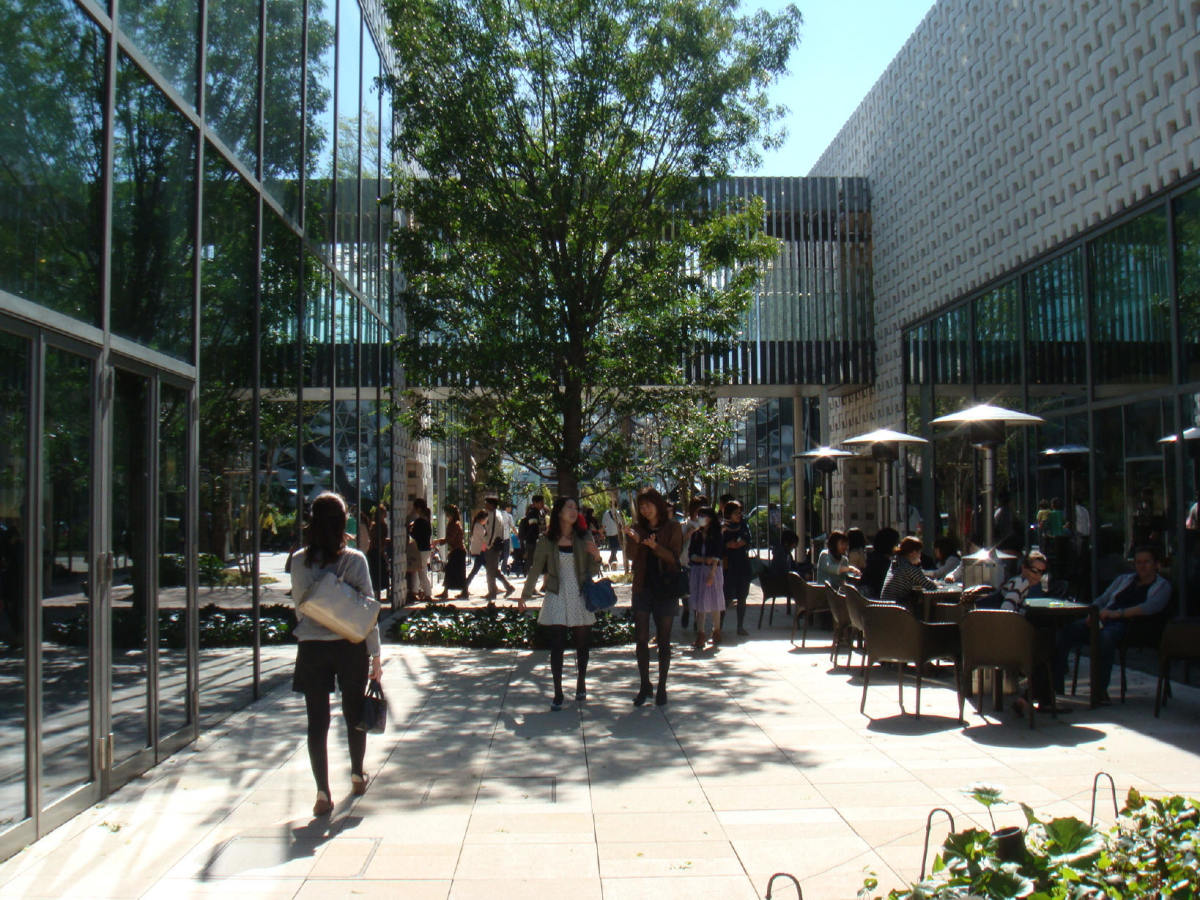- HubPages»
- Travel and Places»
- Visiting Asia»
- Eastern Asia
Top places to visit in Tokyo
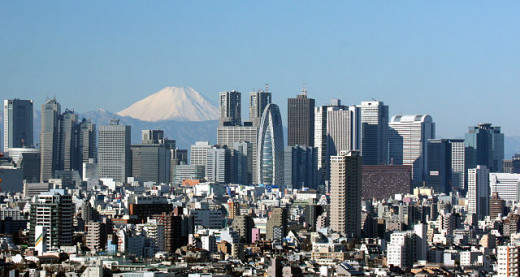
Tokyo is extremely unique. Not only is it the capital of Japan and one of the largest metropolises and most important financial hubs on the globe, it is also a place where the old meets the new and blends together in perfect harmony. In spite of its futuristic technologies and ways of living of its inhabitants, it is not uncommon to see traditional structures and buildings contrasting perfectly against backgrounds of massive skyscrapers and concrete blocks in this mega-sized metropolis.
Some quick facts about Tokyo:
- Tokyo is home to an estimated 13 million people, whereas the Greater Tokyo Area that includes several neighbouring prefectures is home to a whopping 35 million (2007 estimates)
- Tokyo is dubbed one of the three “command centres” for the world’s economy, the other two being London and New York
- In 2012, Tokyo was named the most expensive city for expatriates in terms of cost of living
- Tokyo is considered an alpha+ world city, and in 2009 was named the third Most Livable City in the world
- Before Tokyo became the de facto capital of Japan in 1603, it was a small fishing village by the shores of the Tokyo Bay
- Tokyo is undoubtedly one of the most developed cities in the world, despite having faced utter devastation twice in history – the 1923 Great Kanto Earthquake and the bombings of Tokyo during World War II
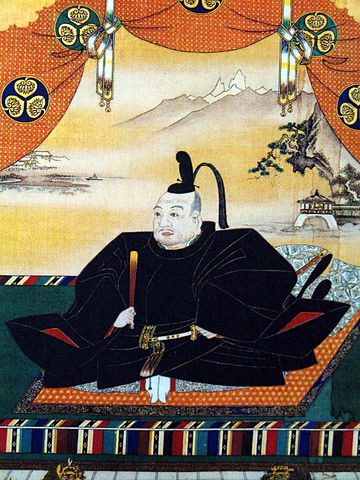
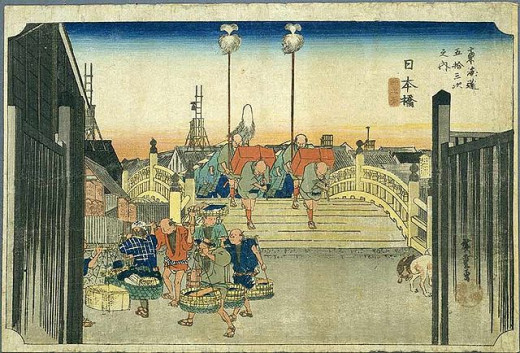
A brief history of Tokyo
In pre-modern Japan, Tokyo was known as Edo, which literally means “estuary.” Since the early days of Japan, Edo was a hollow and relatively insignificant fishing village situated by the shores of Tokyo Bay. It was not until 1590 when the last of the three great unifiers of Japan, Tokugawa Ieyasu, established his military base in Edo that the sleepy fishing village finally saw vigorous developments and fortifications that would change its landscape forever. With Tokugawa officially appointed as Shogun by the Emperor in 1603, he made Edo his de facto capital, from which he and his successors ruled the entire nation. At that time, however, Kyoto was somewhat still the official capital, since the Emperor’s residence remained there although he himself was virtually powerless in matters of governance.
Throughout the rule of Tokugawa and his successors, Edo saw tremendously rapid growth in both size and population, effectively transforming it into the largest and most vital city in the nation. By the time the Tokugawa Shogunate ended in 1868, Edo was a flourishing port-city and centre for Japanese politics, economy and culture. In 1868, when Emperor Meiji moved to Edo, he took up residence in the city and made it the new imperial capital, renaming it Tokyo (lit. “the eastern capital”). To this day, Tokyo remains the heart and soul of the nation, holding the largest concentration of the Japanese population and contributing the most substantial portion of the Japanese economic pie.
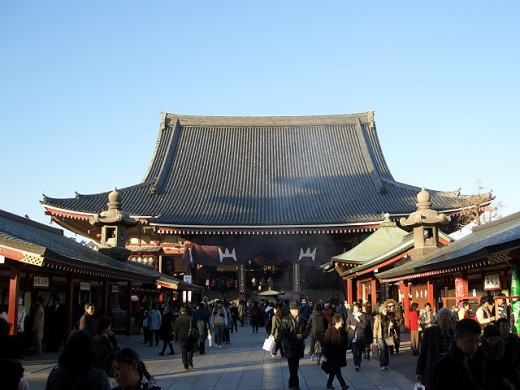
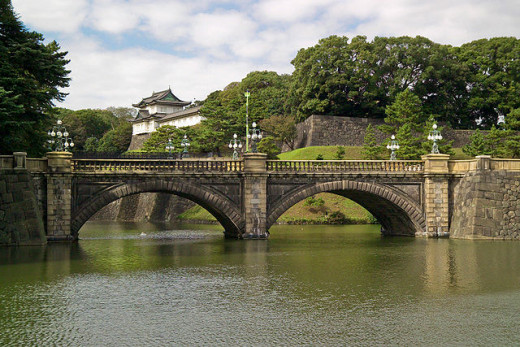
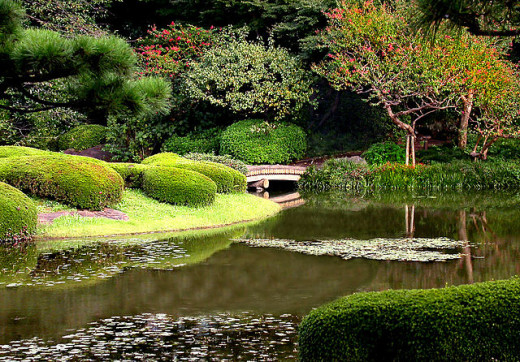
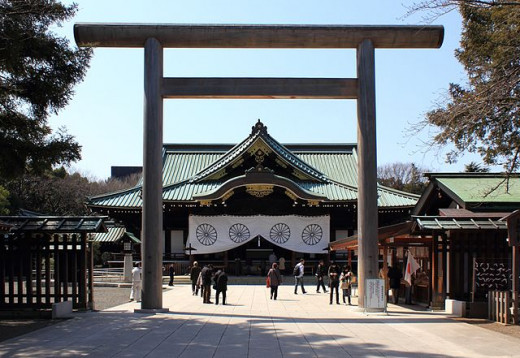
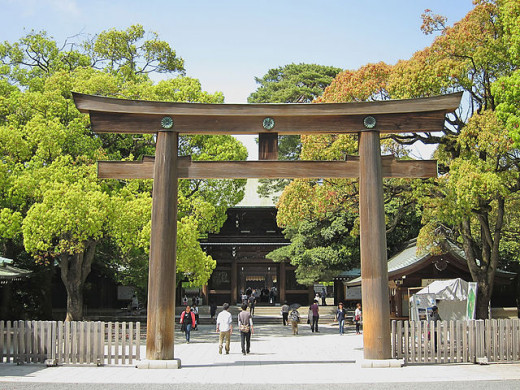
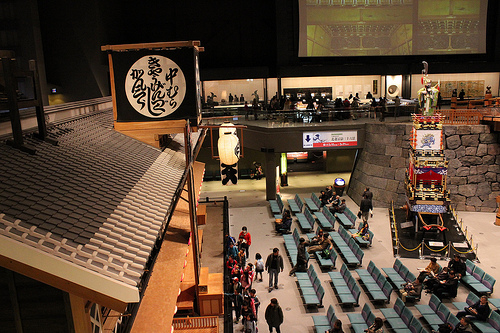
Places to visit in Tokyo – Culture, tradition & history
If you want to have a feel of authentic Japanese culture and traditions of old, or if you have a liking for historical stuffs and old buildings, here’s a list of places to consider.
1. Sensoji Temple (浅草寺, Sensō-ji)
Built way back in 645, the Sensoji Temple in Asakusa is indisputably the oldest and one of the most important Buddhist temples in the entire city. It is the focus of worship of the goddess Kannon and the centre for Tokyo’s largest traditional festival, the Sanja Matsuri, which takes place annually in late spring. Not only is this temple a renowned place for the faithful to come and seek blessings, it is also a popular tourist spot that attracts thousands of foreigners every year. The Nakamise-dori, a street leading to the temple’s main complex, is highly popular with tourists due to the lines of shops selling traditional snacks and souvenirs at reasonable prices. Alternatively, one can also take a stroll around the Asakusa district, where many shops selling traditional merchandises and foodstuffs can be found.
2. Imperial Palace (皇居, Kōkyo)
As the name suggests, this is the official residence of the Emperor of Japan, located in Chiyoda. Covering a total area of 3.41 km2 in the heart of Tokyo, the palace complexes and inner gardens are generally closed to the public except on January 2 (New Year) and December 23 (Emperor’s Birthday), when visitors are allowed into the palace’s inner grounds to witness the imperial family’s public appearances and speeches. The East Gardens, however, is open to the public year-long, and it boasts scenic landscapes reflective of Japanese culture and traditional horticultural aesthetics.
3. Yasukuni Shrine (靖国神社, Yasukuni-jinja)
Recognizably one of the most controversial historical sites in Tokyo, the Yasukuni Shrine is definitely another place worth visiting. This shrine, which is located in Chiyoda, was established by Emperor Meiji in 1869 for the purpose of commemorating those who have died in service of the Empire of Japan, either militarily, politically, economically or socially, from the time of the Boshin War in 1867 to the end of World War II. Enshrined in this shrine are 2,466,532 men, women and children who, by being enshrined, have been given an eternal residence and place of rest within the shrine, according to Shinto beliefs. Besides the shrine and its surrounding grounds, there are also many food and snack stalls set up along the main path leading to the shrine’s entrance, where visitors can try some of the delicious Japanese roadside delicacies.
4. Meiji Shrine (明治神宮, Meiji-jingū)
The Meiji Shrine is perhaps one of the best examples of a traditional-and-modern contrast in the Japanese capital. Located in Shibuya, the shrine is just a stone’s throw away from Harajuku, one of the world’s most celebrated fashion capitals. After Emperor Meiji’s passing in 1912, the Japanese government decided to commemorate his tremendous contributions in modernizing Japan by establishing a shrine dedicated to him and his wife, Empress Shoken. The current site of the shrine was chosen because it was where the iris garden that Emperor Meiji and Empress Shoken frequented stood. The original shrine structure, completed in 1921, was destroyed in the Tokyo air raids during World War II, and its current structure was completed in 1958 through funds raised from the public. Today, the shrine stands in the middle of a 175-acre forest that is home to many different species of trees donated by people from various parts of Japan.
5. Edo-Tokyo Museum (江戸東京博物館, Edo Tōkyō Hakubutsukan)
Perhaps those who fancy learning more about the city’s past and culture should plan a trip to the Edo-Tokyo Museum in Ryogoku. This museum showcases Tokyo’s invaluable past with regards to the city’s establishment, development and economy throughout the years, as well as life and culture in Tokyo of bygone days. For those of you self-proclaimed or officially recognized history buffs out there, you might need at least half a day to absorb all the historical knowledge you can get from the museum’s marvellous exhibitions.
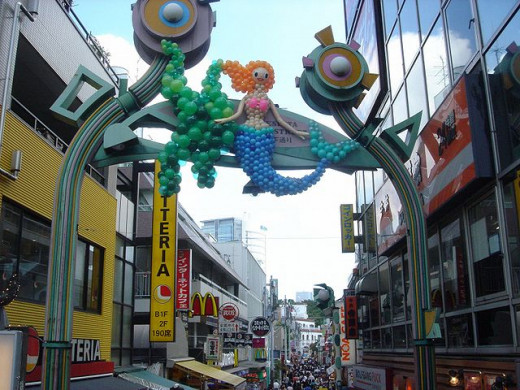
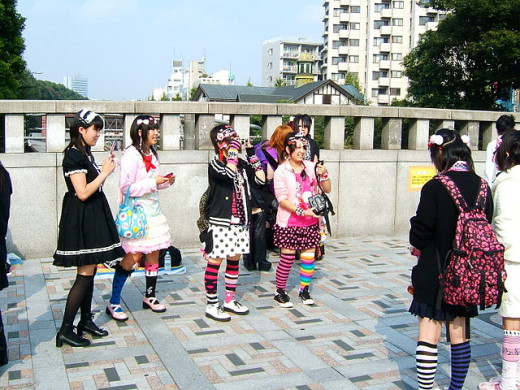
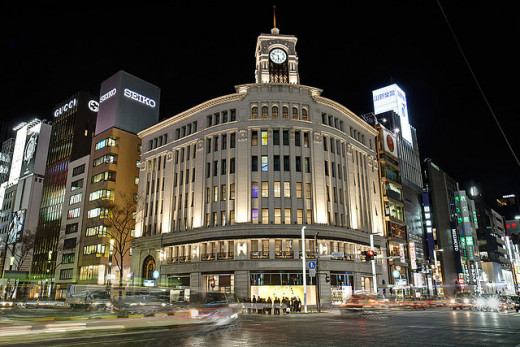
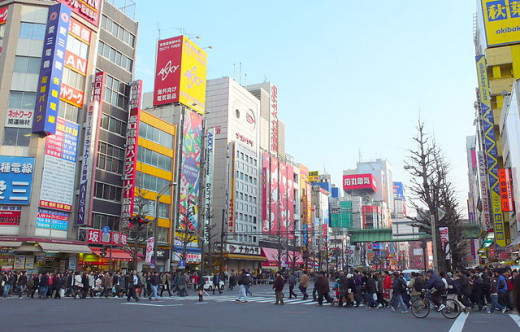
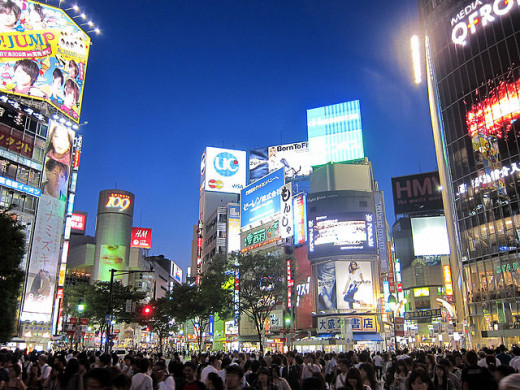
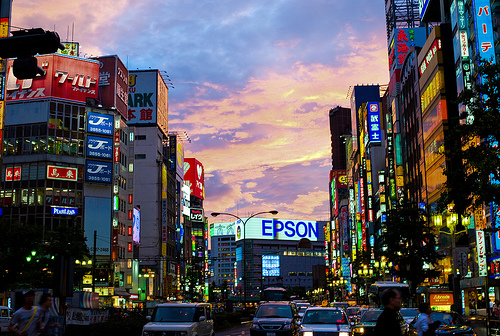
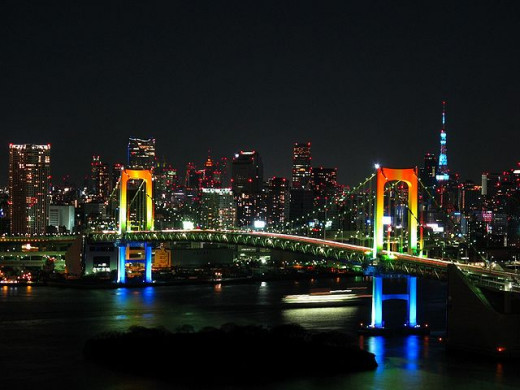
Places to visit in Tokyo – Fashion and contemporary culture
For those of you fashionistas and Japanese popular culture enthusiasts out there, the following places should be on your must-go list.
1. Harajuku (原宿)
This name probably needs no introduction anymore. The rows of fashion boutiques and departmental stores in this suburb of Tokyo has earned it the reputation for being one of the world’s leading fashion capitals, said to even attract world-class fashion designers seeking inspirations for their latest creations. But be warned! Fashion in Harajuku does not only go as far as your typical ideas of what fashion is; it also includes some of the weirdest ideas of cosplay and dressing up, what anime and manga fans know as “gothic” and “lolita” fashion. Neighbouring Omotesando (表参道), dubbed the Champs-Élysées of Tokyo, is another hotspot for fashion hunters and seekers of the latest trends. The ironic thing about this place, however, is that it once used to be the “Omotesando” (lit. “frontal sacred path”) to the nearby Meiji Shrine during the early days of the shrine’s establishment.
Just a side note: the bridge connecting Harajuku to the Meiji Shrine, as well as nearby Yoyogi Park, are popular spots for cosplayers during certain weekends and holidays as well.
2. Ginza (銀座)
The suburb of Ginza is another popular fashion hotspot in the Japanese capital. This area, which was once a large swamp, was developed in the early days of the Tokugawa Shogunate as a settlement where the city’s silver-coin mint was established, hence its name in Japanese. It was also one of the earliest sites in Tokyo to be modernized with Western-styled architecture during the rule of Emperor Meiji. Today, Ginza is most reputable not only for its countless boutiques, departmental stores, brand outlets and high-end coffeehouses, but also for being one of the world’s most luxurious shopping districts on the globe.
3. Akihabara (秋葉原)
Not knowing the name of this suburb is probably the most unforgivable sin for any self-proclaimed fan of anime, manga and Japanese popular culture. Frequently nicknamed the “Mecca of Anime,” Akihabara is undeniably paradise for all anime, manga and video game enthusiasts and otakus out there. This little suburb of Tokyo is saturated with video game outlets, shops selling all sorts of anime-related merchandises, manga centres, maid and cosplay cafes, and even an anime centre, all of which promise the true-blue ACG (anime, comic and games) fan an experience of a lifetime (and a big hole in the pocket) they’ll never forget.
4. Shibuya (渋谷)
This world-famous suburb of Tokyo is another fashion hotspot and nightlife centre especially popular with young people. Numerous departmental stores, food outlets, boutiques, entertainment centres, bars and nightclubs can be found throughout this area, all within walking distance from one another. Indeed, if ever there was a place in Japan that never sleeps, that place would undoubtedly be Shibuya. Additionally, the Hachiko statue outside Shibuya Station, as well as the Starbucks outlet facing the station where one can get the best view of the infamous Shibuya Scramble, are also popular spots for both locals and tourists.
5. Shinjuku (新宿)
Shinjuku is another popular spot for shoppers and fashion seekers, being a place that is home to many major departmental stores and boutiques as well. Alongside Shibuya, Shinjuku is the other part of Tokyo that is always full of life and never sleeps. Shinjuku Station, which is said to be among the busiest train stations worldwide, makes this suburb of Tokyo a bustling commercial and entertainment centre visited by thousands every day.
6. Odaiba (お台場)
Being the ideal embodiment of futuristic development, Odaiba is unique in the sense that it is a suburb located entirely on a manmade island in the Tokyo Bay, connected to the mainland by several bridges and train lines. Besides housing several major offices, businesses and company headquarters, Odaiba contains a wide range of shopping and world-class convention centres, making this island a highly sought-after venue for numerous conventions and exhibitions.
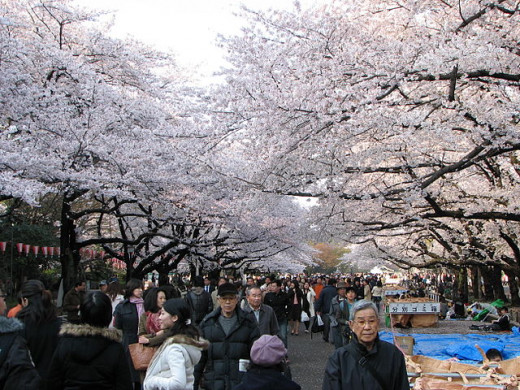
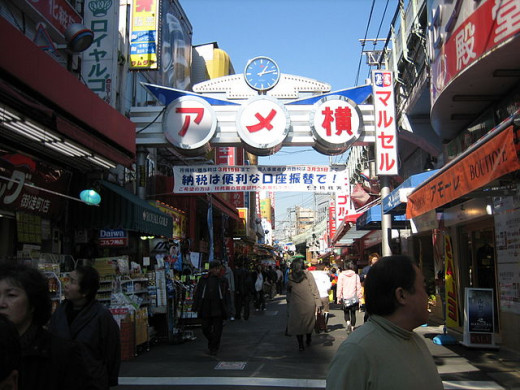
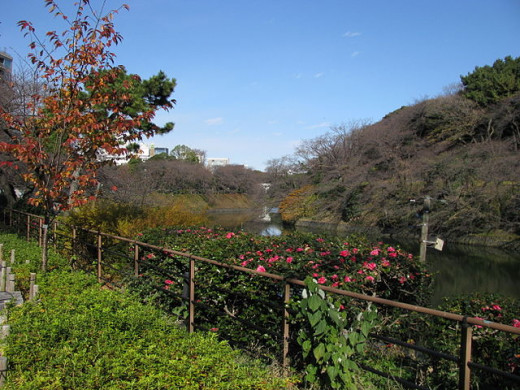
Places to visit in Tokyo – Parks and street-shopping
Several parks around Tokyo are indeed worth visiting, especially during the sakura or autumn seasons. Besides, there are also some nice street-shopping spots that offer relatively cheaper foodstuffs and goods for your selection.
1. Ueno Park (上野公園)
The sakura (cherry blossom) season in late winter to early spring is probably the best time to arrange a visit to this spacious park in northern Tokyo. Be warned, though, that this park is also the most frequented and thus crowded park in the capital, thus for those of you out there who prefer quieter spots to enjoy nature’s blossoms and leaves, you might want to consider other parks around Tokyo. Notwithstanding that, this park has several museums, art centres and even a zoo situated in close proximity to it.
2. Ameyoko (アメ横)
Situated just right across the street from Ueno Park’s southern entrance, near Ueno Station, is Ameyoko, a popular market street that offers a vast array of snacks, foodstuffs, souvenirs and clothes at affordable prices. Be warned also, however, that this street is so popular that it can sometimes get difficult to make your way through the crowds flocking in all directions here.
3. Kitanomaru Park (北の丸公園)
A good alternative to Ueno Park would be Kitanomaru Park, situated in the Chiyoda suburb of Tokyo. This park, which is situated adjacent to the Imperial Palace, features beautiful flowering shrubs and trees ornamenting its grounds, as well as part of the moat that surrounds the Imperial Palace. A particular part of this moat, known as Chidorigafuchi (千鳥が淵), is a particularly popular site for visitors during the sakura season, in which visitors can enjoy the breathtaking sight of sakura trees in full bloom lining both sides of the moat.
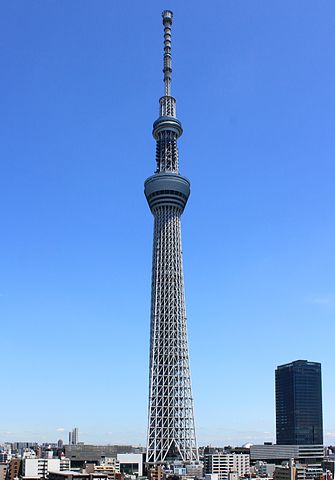
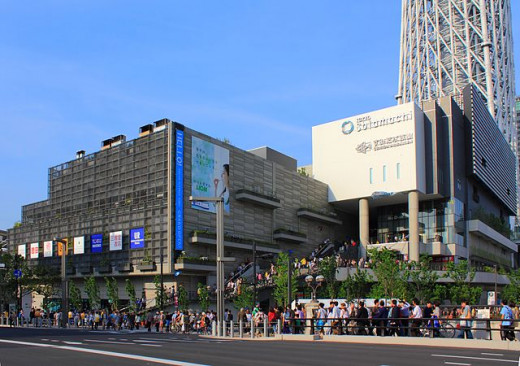
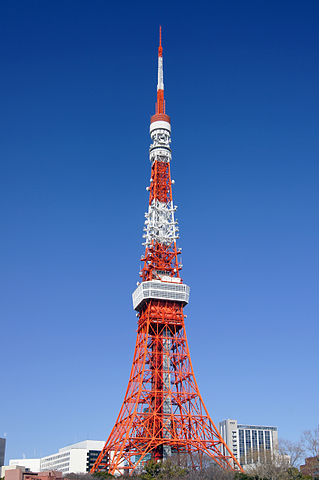
Places to visit in Tokyo – Modern landmarks
1. Tokyo Skytree (東京スカイツリー)
Currently the tallest tower in Tokyo and the whole of Japan, Tokyo Skytree stands proudly at a height of 634 metres in Sumida, near Asakusa. This tower, which was completed in 2012, is presently the main broadcasting and communications tower in the metropolis, being used by most of Japan’s largest television companies such as NHK, TV Asahi and Fuji Television. One of the main highlights of the tower is its two observation decks that provide spectacular panoramic views of the entire metropolis. At the base of Tokyo Skytree is the Tokyo Solamachi shopping centre, as well as the Sumida Aquarium, both of which are also popular with locals and tourists.
2. Tokyo Tower (東京タワー)
Standing out in the middle of Shiba Park in Minato, this large red-orange structure was formerly Tokyo’s primary communications and broadcasting tower before Tokyo Skytree took over much of its role. It stands at a total height of 333 metres and is currently the second tallest manmade structure in the country, being the tallest since its completion in 1958 until Tokyo Skytree took over in 2012. As an alternative to Tokyo Skytree, Tokyo Tower’s observation decks are also popular with tourists, although they may not provide views as remarkable as the former. Worth noting also is FootTown, a building located at the base of Tokyo Tower that houses, among others, a Guinness World Records museum and a wax museum.
Fashion, anime, entertainment, tradition, food, history, shopping, conventions, exhibitions, spirituality – you name it, Tokyo has it!
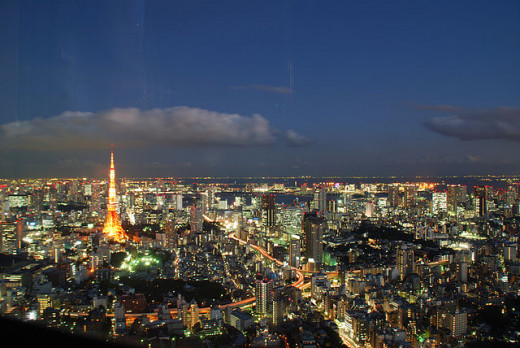
© 2013 James


